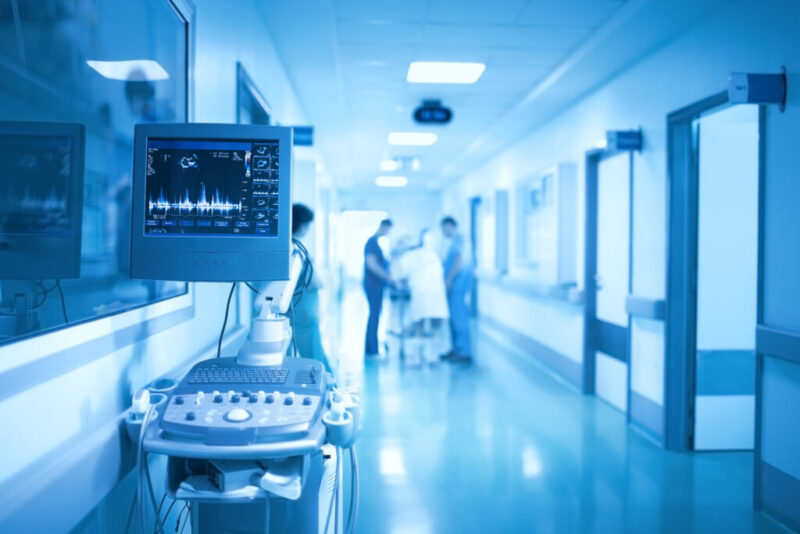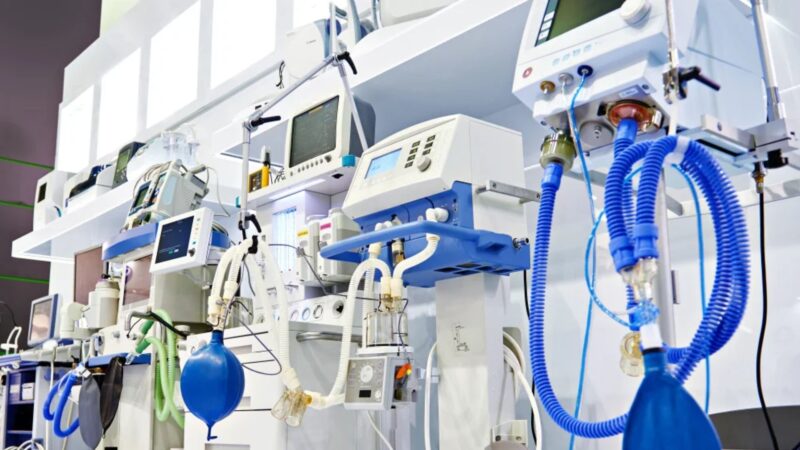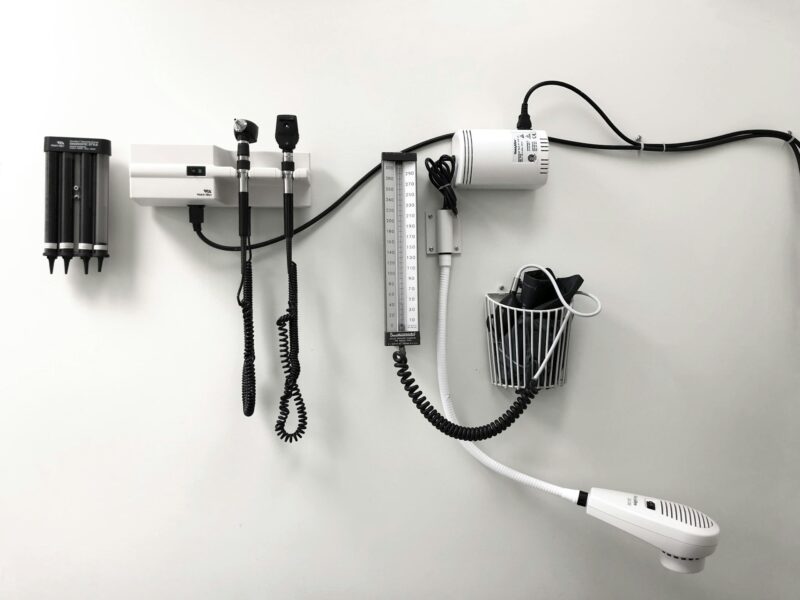In the US, the Food and Drug Administration (FDA) is the gatekeeper of medical device safety. It ensures medical products, from simple bandages to complex implants, meet stringent standards before they hit the market.
However, despite rigorous testing and inspections, problems can arise. That’s where medical device recalls come in. When medical devices become a health risk, the FDA issues a recall. In this blog, we’ll understand how these recalls work. After all, it’s essential for anyone using these devices, as it helps ensure their safety and well-being.
Understanding FDA Medical Device Recalls
An FDA medical device recall occurs when a device is found to have a defect or a potential health risk. However, it doesn’t always mean a device is dangerous. It simply indicates that an issue has been detected and needs to be resolved.
Manufacturers initiate recalls voluntarily or as requested by the FDA. The primary goal is to correct or remove the problematic device to prevent harm. There are different types of recalls:
- Voluntary recalls ─ Initiated by the manufacturer when they discover an issue.
- FDA-Requested recalls ─ Occur when the FDA identifies a problem and asks the manufacturer to recall the device.
A recall decision is based on several criteria, including the risk to patient health and the severity of the device defect. The FDA assesses whether the defect could cause serious health issues or even death. Consumers also play a critical role during recalls. If you hear about a recall, check if it affects any device you use.
For example, if you’ve been undergoing chemotherapy treatments, you might come across news about the Bard PowerPort lawsuit. Patients started experiencing complications like blood clots and infections after inserting the PowerPort device.
According to TorHoerman Law, the lawsuits claim the manufacturer knew of the technical and manufacturing flaws. Yet, they refused to address it. Such cases highlight the importance of staying informed and taking appropriate actions when recalls occur.
Reasons for Medical Device Recalls

Medical device recalls happen for various reasons. Some of the most common causes include:
- Design flaws ─ Errors in the device’s design can lead to malfunction or safety hazards.
- Manufacturing defects ─ Problems during production can cause faulty devices.
- Labeling errors ─ Inaccurate or deceptive information on the device’s packaging can cause improper use.
- Software issues ─ Glitches or cybersecurity vulnerabilities in software-driven devices.
- Unexpected harmful incidences ─ Unforeseen complications or side effects that occur during real-world use.
Even industry giants like Philips aren’t immune to recalls. In late 2023, they faced a serious recall of their Panorama MRI machines due to a risk of explosion. The move comes shortly after the company was forced to recall over 90,000 respirators in 2021. This serves as a stark indicator that even tested medical devices can go rogue.
Further, emphasizes the importance of continued vigilance from manufacturers and regulators.
In fact, the FDA oversees numerous recalls each year, highlighting the challenges in ensuring medical device safety. In 2022 alone, the FDA oversaw 60 medical device recalls, ranging from simple surgical tools to life-sustaining implants. As of June 2024, over 47 devices have been recalled.
On the other hand, in 2023, 62 devices were recalled. These staggering numbers underscore the importance of staying vigilant and informed about the devices you use.
Different Levels of Recall
The FDA classifies recalls into three classes based on the severity of the potential harm:
- Class I ─ The most serious type, indicating a reasonable probability of serious injury or death.
- Class II ─ Indicates a possibility of temporary or reversible health problems or a remote chance of serious harm.
- Class III ─ The least serious, indicating a low possibility of serious health issues.
According to the 2023 State of the Nation Recall Index, the FDA issued 70 Class I recalls in 2022, the highest in 15 years. This surge in recalls is concerning, as the previous 5 years had an average of 47 recalls. The primary cause of these recalls was mislabeling.
These recalls highlight the increasing vigilance and regulatory efforts to ensure device safety. Remember, not all recalls make national news. Understanding the categorization can help you identify the risks associated with a particular recall.
The Recall Process

The recall process consists of various steps to ensure the device is corrected or removed from the market. Here is how it typically works:
- Identification ─ The issue is identified, either by the manufacturer or the FDA.
- Notification ─ If an issue is identified, the FDA works with the manufacturer to classify the recall and oversee the necessary actions. The manufacturer then notifies the public. This can involve sending letters to healthcare providers and patients. It often takes the FDA about two months to issue a recall notice.
To remove the products off the shelves after issuing the notice takes even longer, according to Guillermo Ramas, CEO and founder of NotiSphere. During this period, the affected products might still be in use and can have serious consequences. The inefficiency highlights the need for faster recall. - Corrective actions ─ These actions can include repairing the device, replacing it, or providing refunds.
Concerns over the FDA’s handling of medical device recalls have led to calls for government oversight of the FDA. The Government Accountability Office (GAO) has been asked to audit the FDA following statements by ProPublica and the Pittsburgh Post-Gazette. These reports explain how the FDA puts millions of people across the world at risk.
What to Do if a Device You Use Is Recalled
If you discover your medical device has been recalled, don’t panic. Not all recalls require immediate action.
First, read the recall notice carefully and follow the manufacturer’s and FDA’s instructions. This could include stopping device use immediately. Then, contact your healthcare provider. They can share alternatives and ensure your treatment continues without interruption.
Depending on the recall, your options may include repair, replacement, refund, or specific medical monitoring. You can also submit any issues with your device to the FDA’s MedWatch database. This helps improve safety for others.
People Also Ask

Q1. What Should I Do if My Medical Device Has Been Recalled, but I Didn’t Receive Any Notification?
If your medical device is recalled, and you haven’t received a notification, contact your healthcare provider immediately. They can confirm if the recall applies to your device and suggest the next steps. Likewise, check the FDA’s recall database for the latest information.
Q2. Can I Still Use a Medical Device if It’s Been Recalled?
It depends on the recall’s classification and the manufacturer’s instructions. Some recalls might just require a software update or minor repair, while others may require you to stop using the device immediately. Always read the recall notice carefully and talk to your doctor for personalized advice.
Q3. Who Is Responsible for Paying for Repairs or Replacements for a Recalled Device?
Usually, the manufacturer is responsible for covering the cost of repairs, replacements, or refunds for recalled devices. However, it’s always a good idea to read the recall notice carefully. It will outline the specific steps you need to take and whom to contact for assistance.
To summarize, understanding FDA medical device recalls is essential for managing your health and safety. They are essential for patient safety.
Stay informed, follow recall instructions, and consult your healthcare provider when necessary. By doing so, you can defend yourself from the dangers involving faulty medical devices. Remember, recalls are not a sign of failure. Instead, they’re a commitment to continual improvement and safeguarding public health.
Related Posts:
- What Evidence Do Medical Malpractice Lawyers Need to Win?
- Essential Tips for Physicians to Manage Medical…
- Should You Take That Casino Bonus? Breaking Down the…
- What Are IoT Devices and What Should You Know About Them?
- Should You Build Your Website Yourself or Hire a…
- What You Should Know About Data Center Cooling Technologies?








